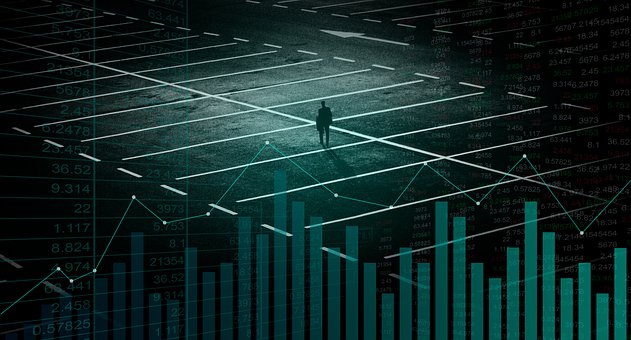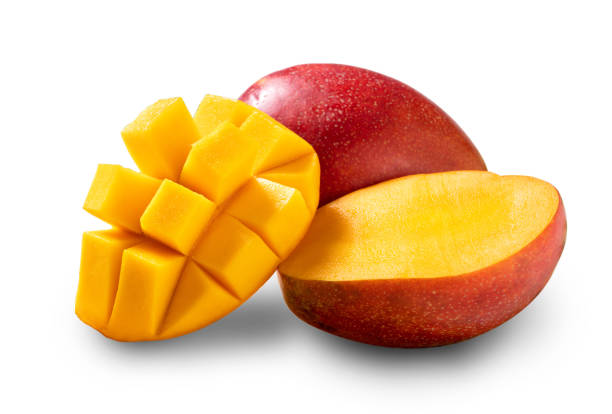Is the US a Mixed Economy?
In this article, we will look at the characteristics of a mixed economy, including its characteristics of a free market. These include a system that rewards efficient producers while also allowing for government intervention. Ultimately, the goal is to have a mixed economy where prices are determined by supply and demand.
a mixed economy has characteristics of a free market
A mixed economy is an economy that combines the positive aspects of both a free market and a socialist economy. It promotes efficiency and innovation while minimizing the disadvantages of each system. It also helps mobilize priority sectors. The government is heavily involved in the development of a region’s infrastructure, such as local roads and public schools. This activity is often funded by tax revenues.
Most mixed economies are characterized by a combination of both free markets and government intervention. Governments provide welfare programs for the poor while regulating business activity in many areas. The United States is an example of this type of economy, with many government-owned enterprises and a variety of social programs. A mixed economy is also common in socialist-oriented countries, which tend to have a high level of private enterprise, but which still have substantial state involvement.
Governments can intervene to protect the interests of the public, such as by regulating the price of certain commodities. They may also provide subsidies to support key industries. A mixed economy generally encourages free market competition, but governments can also impose laws and regulations to protect the public, such as minimum wage laws.
As a result of the government intervention, a mixed economy often generates both beneficial and undesirable rules. For example, about one-third of employees in the United States need a license to perform their jobs. This includes hairdressers, dance teachers, and dog walkers.
A mixed economy has the potential to foster innovation and efficiency. As competition forces businesses to reduce costs and improve quality, the most efficient ones get profits and capital, which in turn allows them to innovate in cost-effective ways to meet consumer needs. A mixed economy also has the potential to focus on areas that a market economy tends to neglect. It also allows the government to develop technology, defense, and aerospace programs.
It rewards efficient producers
The United States operates in a mixed economy, which blends elements of both a market economy and a command economy. This system aims to promote the general welfare while simultaneously rewarding the most efficient producers. While the US Constitution protects the requirements of a market economy, it also allows the government to exercise some level of command over the economy. While the economy in the US can be described as highly competitive, there are still many traditions informing American economic policy.
In a market economy, producers are rewarded for using the most efficient production techniques to create the highest output for the lowest cost. This way, they can grow faster than competitors while also preventing waste. This type of economy also encourages innovation. Innovative products attract consumers and encourage competitors to create new products.
In a mixed economy, both government and privately owned firms have important roles to play in the economy. This structure has led to debates about the relative role of the two sectors in a country’s economy. Many Americans place a high emphasis on private ownership because they value personal freedom. They have long feared that governments are too powerful and have sought to limit their influence over individuals. Further, they believe that private ownership is more efficient than government ownership.
Despite the differences between the two systems, mixed economies have some similarities. In the US, one third of the workforce requires a license in order to work. In addition, many of the jobs in the US require specialized skills. These professionals are often called highly desirable employees. The government uses taxation policies to distribute income, while the private sector is responsible for generating innovation and efficiency.
It relies on supply and demand to determine prices
A mixed economy is a system where the government has a strong role but the market still drives prices. Prices are mostly determined by supply and demand, but the government can intervene in the market by enforcing price floors or directing public funds to certain industries. Many mixed economies offer social welfare programs, such as Medicaid and SNAP benefits, to low-income individuals. These programs are funded by the federal government, while individual states also provide benefits to low-income residents. The mixed economy is also common in Western European countries, which have large social welfare programs, government-provided health care, and strong labor protections.
Mixed economies differ from free market economies in that the government is involved in the allocation of resources and in monitoring private businesses. In mixed economies, the government regulates prices and protects private property, but allows businesses to pursue their own interests. Governments may also impose restrictions and protect certain industries, including those in the financial sector.
A mixed economy is a combination of a market economy and a command economy. The free market provides incentives for innovation and efficiency, while the welfare state ensures a minimum standard of living for citizens. The free market, however, is not perfect, and the government must take steps to ensure that it does not create a distorted marketplace.
Although the United States has a mixed economy, the ownership of the means of production is largely private. Governments may use subsidies to support key industries, and they may also impose minimum wages and anti-trust laws.
It allows for government intervention
A mixed economy is a system in which the government has a role in both the production and distribution of wealth. It is a hybrid of free and market economies, and historically, all developed economies have been a mixture of both. While pure free markets and command economies are the theoretical constructs of capitalism and socialism, they have not proven to be effective distribution models. In mixed economies, government is involved in the creation of markets and setting the rules of trade, and it may also use tax funds to promote social goals. Common examples of government intervention are trade security, targeted tax incentives, and fiscal stimulus. Although all of these strategies are likely to have some distortionary effects on the economy, they can often be successful.
A mixed economy can be beneficial to both the economy and its citizens. It is a good way to achieve more equality, provide a safety net against poverty, and allow people to reap the financial rewards of their hard work. A mixed economy can also allow the government to pursue policies that help maintain macroeconomic stability, such as pursuing expansionary fiscal policy during recessions. It also allows the government to pursue policies that promote economic growth and reduce wealth gaps between the rich and poor.
The mixed economy enables the government to control private businesses, and it enables the government to redistribute wealth in a more equitable manner. It may also allow the government to interfere in other sectors of the economy through subsidies, trade protection regulations, and public-private partnerships. These interventions unavoidably create economic distortions, but they are necessary to create a stable economy.
Socialism is a political system based on the idea of collective ownership. Under a socialist system, the owners of the means of production (including capital) and agricultural land are owned by the government. This system also restricts the use of private property to maintain economic equality and to provide essential services.
Both capitalism and socialism have their advantages and disadvantages. Societies that are based on capitalism tend to have more economic inequality. The rich can become very rich while poor people can remain very poor. In contrast, more socialist nations are characterized by lower extremes of wealth and greater care for the poor.
Socialism emphasizes the equal distribution of labor and wealth. In a socialist society, everything produced by people is a social product. Everyone who contributes to the society should share the benefits. Socialism also requires government control of property, production, and distribution. While socialism is generally preferable over capitalism, it is not the best system for everyone.
The US economy is a mix of capitalism and socialism. It protects some private property, but allows for some degree of economic freedom, and allows for the government to intervene for the public good. In addition, it has elements of both capitalism and socialism, such as public schools and social welfare.
Socialism is back in style, and it has the backing of the youth. In a recent poll, 43 percent of respondents aged under 30 said they prefer socialism. The presidential candidate, Bernie Sanders, meanwhile, beat Hillary Clinton by 70 percent among young people in Iowa, and is leading the field nationwide.



